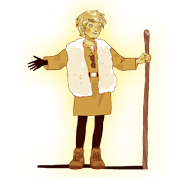
 église vieille
église vieille
More informationVillage of Saint-CrépinBuilt on a former Gallic place of worship in the 5th century with many carved stones inspired by Gallo-Roman art, the “Old church” is aptly named. You can still see the choir (which has been restored), the foundations of the walls of the nave and the tower. Note that this is separate from the rest of the building in the style of Piedmont churches.

